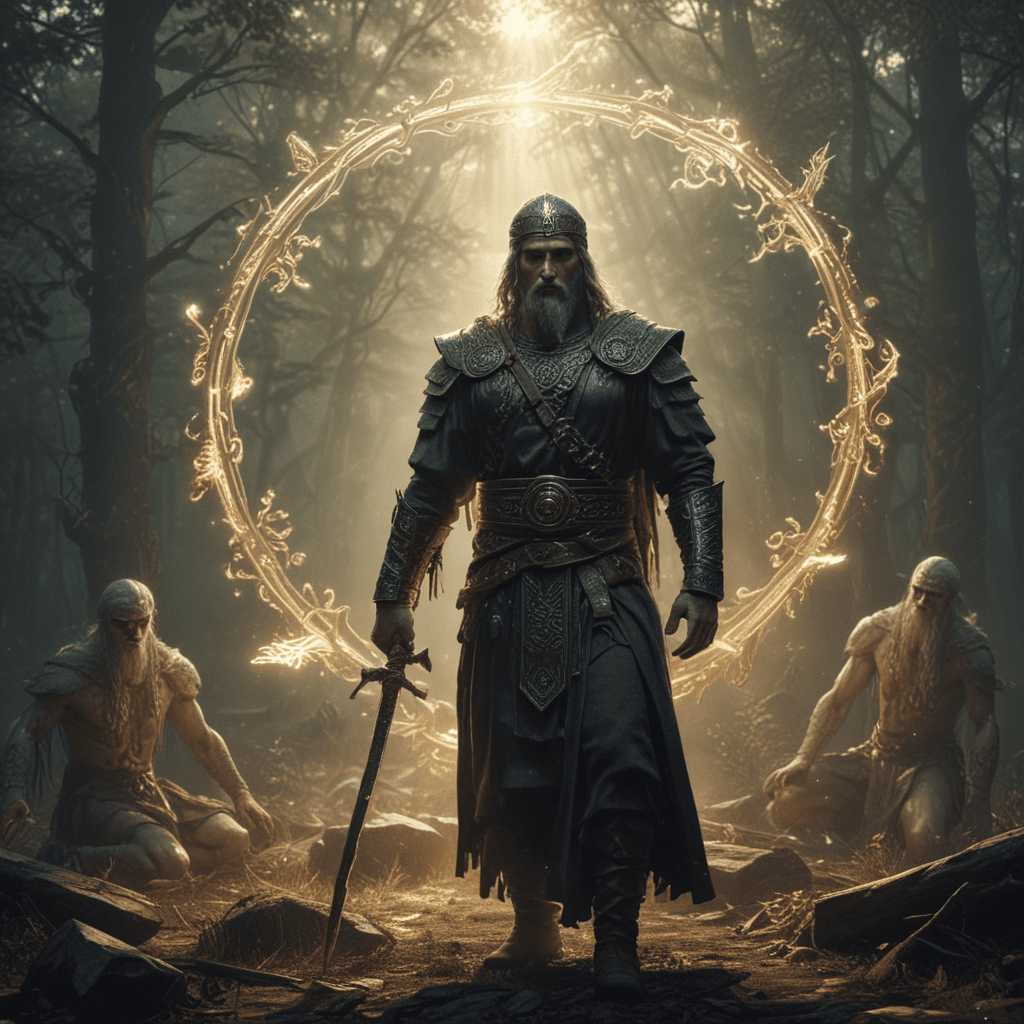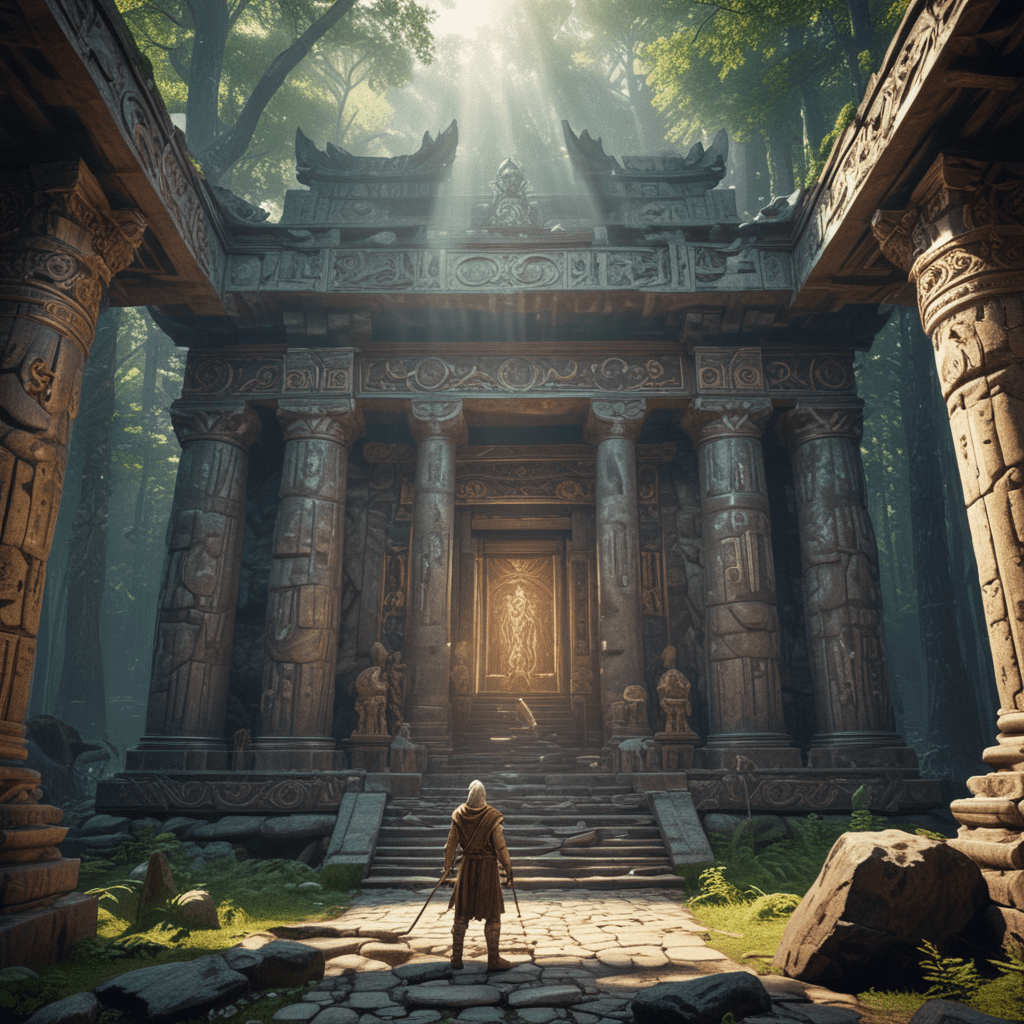Slavic Mythology: Beings of Light and Darkness
Slavic mythology is a rich and complex tapestry of beliefs and legends, populated by a vast pantheon of deities, spirits, and otherworldly beings. Among these, the Beings of Light and Darkness hold a prominent place, embodying the eternal struggle between good and evil.
Beings of Light
Belobog
Belobog, the God of Light and Goodness, is the supreme deity in Slavic mythology. He is associated with the sun and the sky, and his name literally means "White God." Belobog is the embodiment of all that is good and just, and he is said to protect the righteous and punish the wicked.
Dazhbog
Dazhbog is the God of the Sun, Fertility, and Wealth. He is the son of Belobog and the brother of Chernobog. Dazhbog is responsible for the growth of crops and the well-being of livestock, and he is often depicted as a handsome young man with a golden crown.
Lada
Lada is the Goddess of Love, Beauty, and Fertility. She is the wife of Dazhbog and the mother of Lelya and Polel. Lada is associated with the springtime and the blossoming of flowers, and she is often depicted as a beautiful woman with long flowing hair.
IV. The Eternal Struggle
The Beings of Light and Darkness are locked in an eternal struggle for the souls of humanity. Belobog represents the forces of good, while Chernobog represents the forces of evil. This struggle is reflected in the natural world, as the sun and moon battle for dominance in the sky, and the forces of nature clash in storms and earthquakes.
V. Light and Darkness in Slavic Folklore
The Beings of Light and Darkness play a prominent role in Slavic folklore. They appear in countless tales and legends, where they interact with mortals and shape the course of events. In some stories, the Beings of Light help the righteous and punish the wicked. In other stories, the Beings of Darkness tempt mortals with power and wealth, leading them astray.
VI. The Role of Beings of Light and Darkness in Slavic Society
The Beings of Light and Darkness were not merely abstract concepts in Slavic mythology. They played an active role in the lives of the people. Slavs believed that these beings could influence their crops, their livestock, and their health. As such, they made offerings to the Beings of Light to ensure their favor and protection.
VII. Slavic Mythology Today
Slavic mythology continues to be an important part of Slavic culture today. Many of the old beliefs and traditions have survived, even though Christianity is the dominant religion in Slavic countries. The Beings of Light and Darkness continue to be revered, and their stories continue to be told.
VIII. Conclusion
The Beings of Light and Darkness are a fascinating and integral part of Slavic mythology. They represent the eternal struggle between good and evil, and they play an important role in shaping the lives of Slavs. Their stories continue to be told today, reminding us of the importance of light and darkness in our own lives.
IX. FAQ
Q: Who is the most important god in Slavic mythology?
A: Belobog, the God of Light and Goodness
Q: Who is the god of the sun in Slavic mythology?
A: Dazhbog, the God of the Sun, Fertility, and Wealth
Q: Who is the goddess of love and beauty in Slavic mythology?
A: Lada, the Goddess of Love, Beauty, and Fertility
Q: Who is the god of darkness in Slavic mythology?
A: Chernobog, the God of Darkness and Evil
Q: Do people still believe in Slavic mythology today?
A: Yes, many Slavs continue to hold beliefs and traditions from Slavic mythology, even though Christianity is the dominant religion in Slavic countries.


